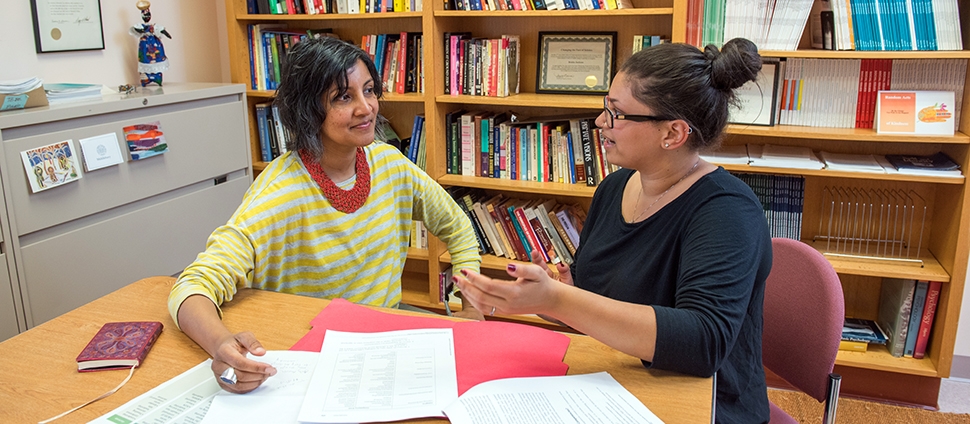Document Type
Article
Publication Date
3-1-2007
Publication Title
American Journal of Physiology - Regulatory Integrative and Comparative Physiology
Abstract
The cycle length or period of the free-running rhythm is a key characteristic of circadian rhythms. In this study we verify prior reports that locomotor activity patterns and running wheel access can alter the circadian period, and we report that these treatments also increase variability of the circadian period between animals. We demonstrate that the loss of a neurochemical, neuropeptide Y (NPY), abolishes these influences and reduces the interindividual variability in clock period. These behavioral and environmental influences, from daily distribution of peak locomotor activity and from access to a running wheel, both act to push the mean circadian period to a value < 24 h. Magnitude of light-induced resetting is altered as well. When photoperiod was abruptly changed from a 18:6-h light-dark cycle (LD18:6) to LD6:18, mice deficient in NPY were slower to respond to the change in photoperiod by redistribution of their activity within the prolonged dark and eventually adopted a delayed phase angle of entrainment compared with controls. These results support the hypothesis that nonphotic influences on circadian period serve a useful function when animals must respond to abruptly changing photoperiods and point to the NPYergic pathway from the intergeniculate leaflet innervating the suprachiasmatic nucleus as a circuit mediating these effects.
Keywords
Nonphotic cue, Suprachiasmatic nuclei
Volume
292
Issue
3
DOI
10.1152/ajpregu.00383.2006
ISSN
03636119
Rights
©2007 the American Physiological Society
Version
Version of Record
Recommended Citation
Harrington, Mary E.; Molyneux, Penny; Soscia, Stephanie; Prabakar, Cheruba; McKinley-Brewer, Judy; and Lall, Gurprit, "Behavioral and Neurochemical Sources of Variability of Circadian Period and Phase: Studies of Circadian Rhythms of npy-/- Mice" (2007). Psychology: Faculty Publications, Smith College, Northampton, MA.
https://scholarworks.smith.edu/psy_facpubs/102


